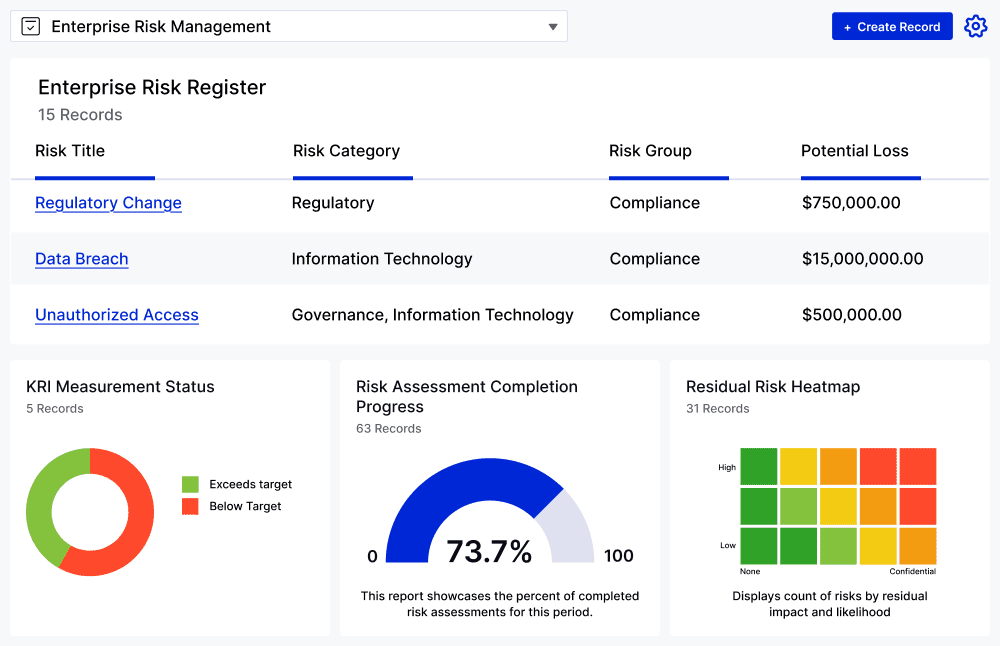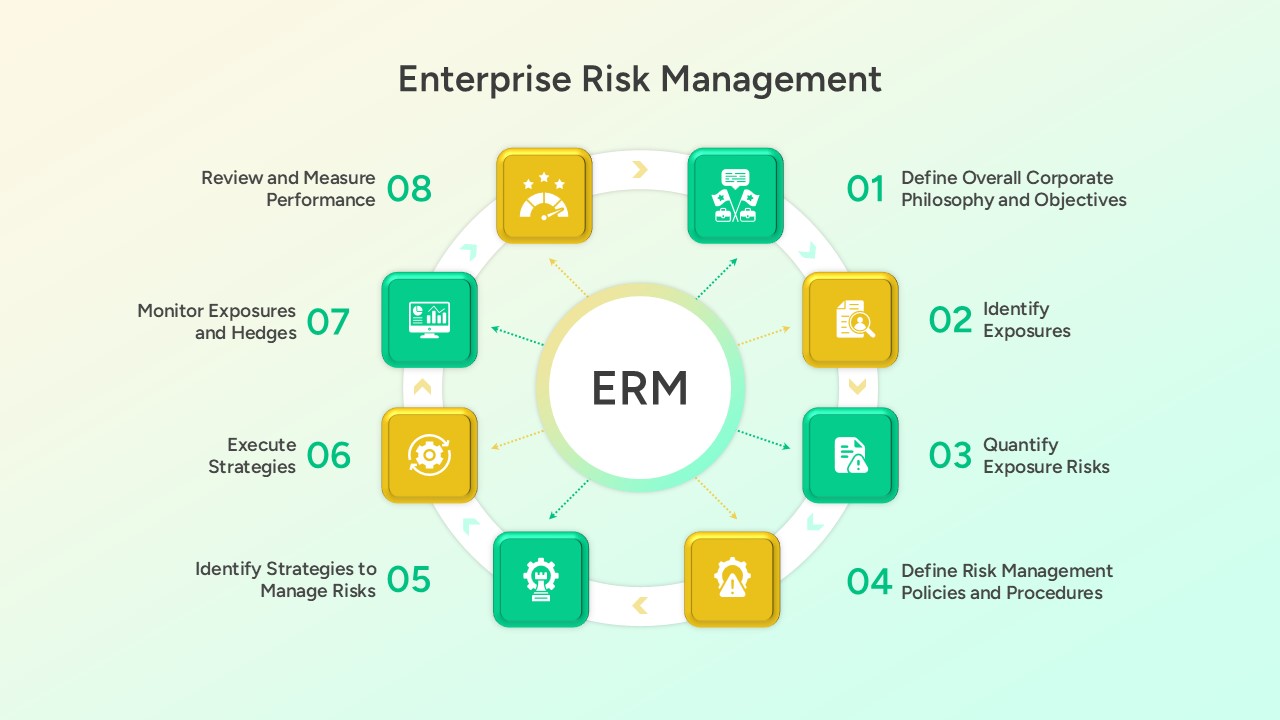Just How Ai-Driven Solutions Are Transforming Insider Threat Prevention and Compliance in the Workplace
In today's digital landscape, expert dangers pose substantial risks to companies. AI-driven remedies are emerging as pivotal tools in resolving these obstacles. By using sophisticated analytics and real-time tracking, these innovations boost threat detection and simplify compliance administration. As firms embrace these ingenious strategies, the makeover of workplace security ends up being apparent. However, the ramifications of this shift raise essential concerns about the future of business safety and security and worker personal privacy.
Understanding Insider Threats: The Expanding Risk in Modern Workplaces
As organizations progressively rely upon electronic systems to handle sensitive information, the risk of insider dangers has actually become a pushing concern. Insider dangers can develop from staff members, specialists, or service partners that manipulate their access to delicate data for harmful purposes. These threats are specifically challenging to minimize as a result of the trust fund intrinsic in employer-employee partnerships.
Inspirations for expert dangers range from financial gain and personal grievances to ideological beliefs. The effects of such breaches can be serious, including financial loss, reputational damages, and lawful effects. Identifying potential insider dangers is made complex by the subtle nature of their activities, which commonly blend effortlessly with normal business procedures.
Organizations has to prioritize substantial protection training and foster a culture of accountability to fight these dangers. By comprehending the numerous types of expert risks and their motivations, firms can much better prepare to apply effective preventative measures and safeguard their delicate info.

The Duty of AI in Enhancing Hazard Discovery
AI plays an important function in boosting hazard discovery with the implementation of predictive analytics and behavioral pattern recognition. By assessing huge amounts of information, AI systems can identify anomalies that may indicate possible expert hazards. This positive method permits organizations to respond promptly to threats before they escalate.
Anticipating Analytics Implementation
While organizations increasingly depend on electronic properties, the potential for expert dangers remains a significant worry. Predictive analytics implementation plays an important duty in resolving this concern by leveraging historic data to anticipate potential threats. Insider threats. By assessing patterns and patterns, organizations can determine anomalies that might show malicious intent or dangerous actions amongst workers. These advanced AI-driven systems make use of artificial intelligence formulas to fine-tune their predictive capabilities over time, adapting to brand-new data inputs and developing danger landscapes. On top of that, the aggressive nature of anticipating analytics allows companies to take preemptive steps, consequently decreasing the danger of information violations or compliance offenses. Ultimately, the integration of anticipating analytics enhances a company's overall safety pose and sustains an extra resilient workplace setting
Behavior Pattern Acknowledgment
Understanding and recognizing behavior patterns is crucial for enhancing danger detection within companies. AI-driven solutions utilize advanced formulas to evaluate substantial amounts of information, determining uncommon behaviors indicative of potential expert threats. By constantly checking staff member activities, these systems can discover discrepancies from established patterns, such as modified access to delicate information or uneven interaction behaviors. This proactive technique promotes early intervention, mitigating dangers before they rise right into significant security breaches. Additionally, AI enhances the accuracy of hazard discovery by minimizing incorrect positives, enabling safety and security groups to concentrate on real issues. As companies progressively adopt AI modern technologies, the assimilation of behavioral pattern acknowledgment will play a critical duty in enhancing general protection and compliance structures.
Proactive Conformity Monitoring Through AI Analytics
As companies browse progressively complicated regulatory landscapes, aggressive conformity monitoring via AI analytics emerges as a critical strategy. AI-driven solutions promote the automation of conformity processes, making it possible for companies to identify and resolve possible risks prior to they intensify (Insider threats). By examining big volumes of data, these systems can discover patterns and abnormalities that might suggest conformity breaches or insider threats
In addition, AI analytics enhance the effectiveness of compliance training programs by customizing content to particular worker behaviors and risk variables. This customized method guarantees that compliance training is both appropriate and engaging, cultivating a culture of responsibility within the organization.
Furthermore, AI devices can simplify coverage and paperwork, minimizing the administrative burden on compliance groups. By supplying anticipating analytics and real-time insights, organizations can remain in advance of governing modifications and maintain a durable compliance posture, ultimately minimizing the risk of costly offenses and boosting general office safety and security.
Real-Time Monitoring and Reaction Capabilities
Effective conformity management sets the structure for robust protection procedures, yet the dynamic nature of insider hazards demands important source real-time surveillance and response abilities. Organizations are increasingly leveraging AI-driven services to preserve continuous security of customer habits and system activities. This aggressive method permits the instant identification of anomalies that may indicate prospective expert dangers.
Real-time surveillance systems make use of sophisticated algorithms to evaluate vast amounts of information, allowing organizations to spot dubious activities as they take place. When abnormal patterns are determined, automated informs can activate instantaneous actions, such as restricting accessibility or initiating examinations. This swift action minimizes prospective damage and guarantees that companies can deal with hazards quickly.
Integrating these abilities within conformity frameworks improves overall security stance, lining up with regulative demands while protecting sensitive details. Eventually, real-time tracking and feedback abilities are important for fostering a safe and secure office environment in an era of advancing insider hazards.
Building a Society of Safety And Security Awareness
A solid culture of security understanding is crucial for companies intending to minimize expert threats properly. This culture fosters an environment where employees recognize the significance of information safety and their duty in protecting sensitive details. Organizations can attain this by executing detailed training programs that inform team on recognizing prospective threats and adhering to safety and security procedures.
Routine communication concerning safety policies, updates, and ideal techniques also enhances the significance of alertness. Motivating open dialogue concerning safety and security problems empowers staff members to report questionable tasks without anxiety of effects.
Furthermore, companies should recognize and compensate aggressive actions associated to protection, which can boost involvement. By incorporating security awareness right into everyday routines, firms cultivate a labor force that focuses on safety and security, eventually decreasing the probability of insider hazards. A dedicated find more information method to building this society not just secures business assets yet additionally contributes to compliance with regulatory standards.

Situation Researches: Effective Execution of AI-Driven Solutions
The assimilation of AI-driven solutions in companies has actually shown to be a transformative approach to combating expert risks. One significant study entails a banks that applied an AI-based monitoring system to assess employee habits. By utilizing equipment understanding formulas, the system identified abnormalities in information accessibility patterns, allowing the company to identify possible expert threats before any considerable damage took place.
Another example is a technology company that took on AI-driven analytics to improve its compliance efforts. This remedy allowed the firm to automate the review of information and communications sharing, making sure adherence to governing requirements while decreasing human mistake.
Both instance researches illustrate the efficacy of AI in offering real-time insights and proactive actions against expert threats, showing that companies can considerably bolster their security position through ingenious innovation. These applications not only secure delicate details yet likewise promote a culture of conformity and vigilance.
Future Patterns in Insider Hazard Prevention and Conformity
As companies significantly recognize the value of AI-driven remedies in reducing insider threats, focus is moving towards future fads that will certainly form prevention methods and compliance structures. One significant fad is the combination of innovative maker discovering algorithms with the ability of adapting to advancing risks in real-time. This versatility permits organizations to preemptively determine high-risk behaviors prior to they rise into safety and security events.
Additionally, the focus on data privacy and moral AI usage is expected to grow, with frameworks arising to ensure compliance with regulations like GDPR and CCPA. Organizations will likely adopt even more comprehensive training programs to inform staff members concerning possible threats, promoting an aggressive safety and security culture.
The cooperation between AI tools and human insight will end up being critical, as crossbreed versions take advantage of the strengths of both modern technology and human instinct. On the whole, these patterns will certainly create an extra resistant landscape for insider risk avoidance and conformity, boosting organizational security in the digital age
Frequently Asked Inquiries
Exactly How Do AI Solutions Integrate With Existing Safety Solutions?
AI remedies perfectly integrate with existing safety systems by assessing information from numerous sources, enhancing threat detection abilities, and boosting event action. This assimilation allows organizations to strengthen their security position and enhance conformity efforts properly.
What Industries Benefit The Majority Of From Ai-Driven Insider Danger Prevention?

Exactly How Can Workers Report Suspicious Actions Without Fear?
Staff members can report questionable actions without anxiety by making use of anonymous visite site reporting channels, guaranteeing confidentiality, and fostering an encouraging work environment culture that stresses security and liability. This motivates open interaction and trust among all team participants.
What Are the Prices Related To Executing AI Solutions?
The costs related to executing AI remedies consist of software program licensing, infrastructure upgrades, continuous maintenance, staff training, and prospective integration expenses, which can vary substantially relying on the company's dimension and details demands of the modern technology.
Exactly How Commonly Should AI Equipments Be Upgraded for Efficiency?
AI systems should be upgraded on a regular basis, ideally every few months, to assure effectiveness. Constant improvements in modern technology and developing hazards require these updates to preserve significance and improve the system's capacity to avoid expert dangers.
Efficient conformity monitoring establishes the structure for durable protection measures, yet the dynamic nature of expert threats necessitates real-time surveillance and action capacities. A solid society of safety and security recognition is necessary for companies aiming to minimize insider dangers efficiently. By integrating protection recognition right into day-to-day routines, companies grow a labor force that prioritizes safety, inevitably reducing the chance of expert hazards. Both case research studies illustrate the effectiveness of AI in providing real-time insights and proactive steps against insider threats, demonstrating that companies can substantially boost their safety and security position via innovative innovation. As organizations increasingly acknowledge the value of AI-driven solutions in reducing insider threats, focus is changing toward future patterns that will shape prevention methods and compliance structures.